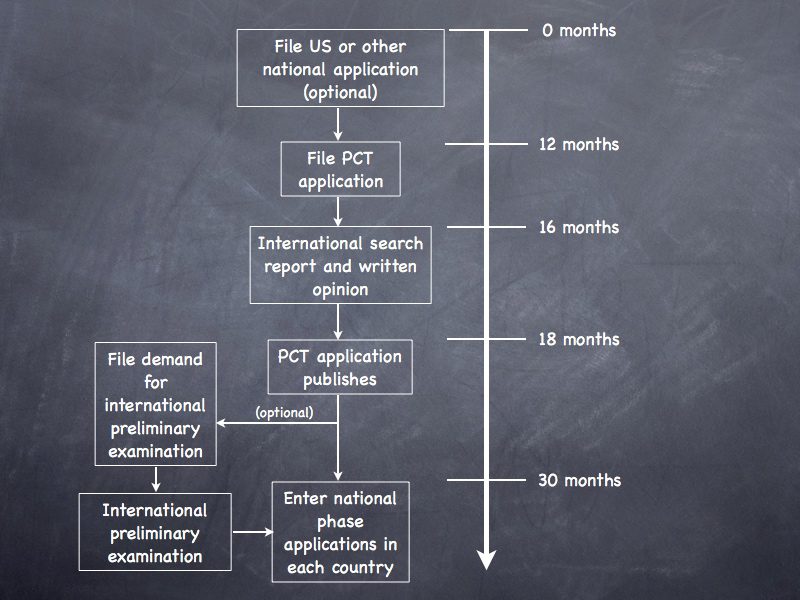Can You Get An International Trademark? The Madrid Protocol
Can You Get An International Trademark? The Madrid Protocol
An Article in Schott, P.C.’s IP Law For Start-ups Series
By Stephen B. Schott
If you have valuable intellectual property, you may want international protection. For your patents, you can file an application under the Patent Cooperation Treaty or with the European Patent Office. For trademarks, you will want to consider a filing under the Madrid Protocol.
The Madrid Protocol permits a trademark owner to use their registered trademark or a pending application in their home country as a basis to request registration of the mark in one of the Madrid Protocol countries.
Here is a short summary of the requirements and prosecution steps for a trademark filing under the Madrid Protocol.
Madrid Protocol Filing Requirements
(1) The applicant must have a registered mark or application in its home country.
(2) The applied-for mark in the International Application must be identical to the home country mark.
(3) The goods in the International Application and home country application/registration must be identical.
(4) The goods identified in the International Application must be the same as the goods in the home country application/registration.
(5) The named owner of the International Application must be the same named owner of the home application/registration.
(6) Of course, the applicant must pay appropriate fees.
Madrid Protocol Trademark Prosecution
Here’s a simplified flowchart of how the Madrid Protocol works:

Applicants will want to note the following:
– Application is filed with the World Intellectual Property Organization (WIPO).
– If the application meets all formal requirements, WIPO grants international registration and forwards a request to all the country trademark offices designated by the applicant.
– Each country identified by an applicant will review the application in its own trademark office and grant or deny registration according to its own laws.
– Applicant can claim priority to the home country application if filed within 6 months of the home country filing.
– Applicant will save substantial money if there are no office actions issued against the mark (applicants may not have to engage attorneys in each country).
– Applicants cannot amend the drawing in an image mark during prosecution.
– Applicants cannot broaden the good/services beyond what was described in the home country application.
– Applicants cannot take any time extensions.
If you have questions, contact me.
If you want IdeaEsq delivered to your inbox, sign up for the daily or monthly newslette
